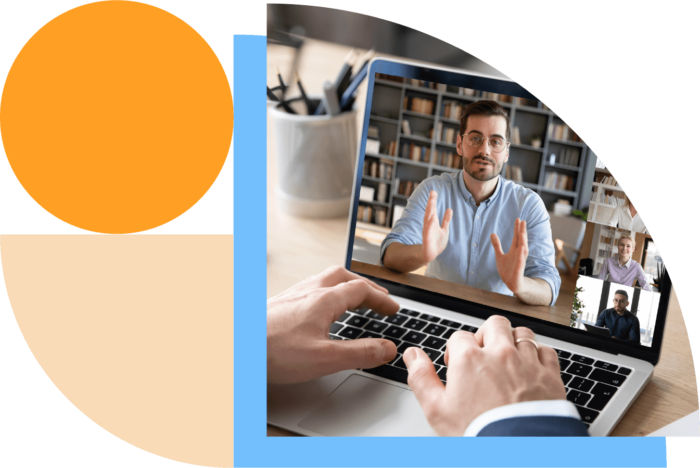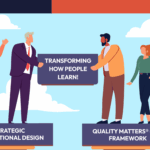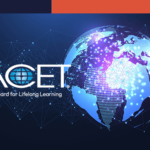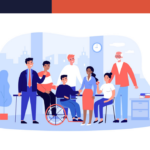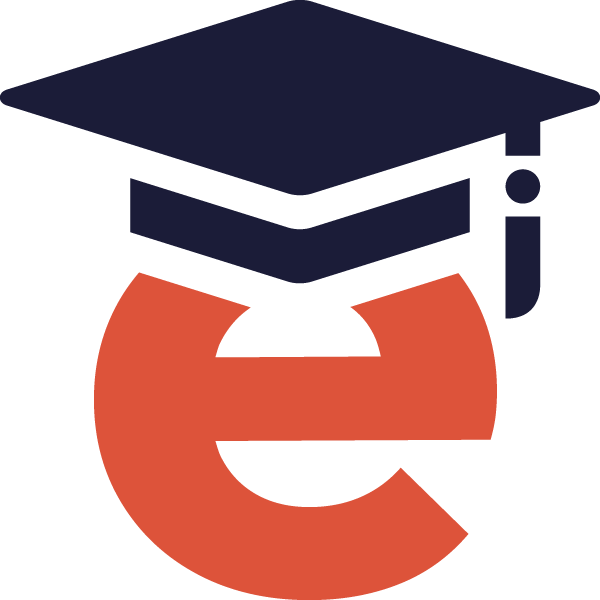Personalized Learning Paths: Tailoring Education to Individual Needs
Written by Kristen Stevenson, ABD
In today’s rapidly evolving educational landscape, the one-size-fits-all approach to teaching and learning is becoming increasingly outdated. We witnessed this firsthand as the pandemic broke traditional practices wide open to expose a brand-new world of learning. Enter differentiated learning, also known as personalized learning, a revolutionary concept that tailors education to meet each learner’s unique needs and preferences. It is effective in all stages of education, from pre-K to the board room. In this blog post, we’ll explore the exciting world of differentiated learning and how it’s reshaping the future of education.
The Era of Personalized Learning
Differentiated learning is a student-centered approach that acknowledges every learner is unique (Price & Nelson, 2021). It goes beyond the traditional classroom model, where all students receive the same instruction at the same pace. Instead, it embraces flexibility, adaptability, and customization in education. Differentiated learning can be many things, but it comes down to the learning environment itself looking different. Not all learners get the same instruction because they don’t need the same instruction. Gone are the days of sitting still, looking straight ahead, with feet on the floor and hands on their desks, reciting a fact from memory. Today’s learners actively engage with the content through activities, projects, presentations, and games rather than multiple-choice tests. They don’t have the same assignments because they engage with a topic in a way that works for them.
Know Thy Students
This may seem like a trivial way to start the differentiated design process, but really think about it. Who are your students? Dirksen (2016) identifies learners in the following ways:
- The “Just Tell Me What I Need to Know” Learner: Prefers to-do lists and schedules.
- The “Oooooh, Shiny!” Learner is wired for distractions and needs small learning bites.
- The “I Need to Solve a Problem” Learner is hands-on and does not care about the theoretical background.
- The “This is a Required Course” Learner is motivated by grades but needs to be convinced that the material will be helpful to them.
- The “I Pretty Much Know All of This Already” Learner quickly understands and doesn’t want to waste time on what they feel is beginner-level content.
- The “Hey! This is Cool!” Learner is motivated, curious, and interested in making connections.
- The “I Fear Change” Learner needs to feel safe to practice because this is not how they are used to doing things.
How To Manage
Best practices are called such for a reason. Let’s look at a few that will help set all of your learners up for success. A single instructor or curriculum designer can reach all the students, even while knowing that differentiated instruction requires something different for each learner.
Provide Options
Allow your learners to learn beyond the textbook or readings. Consider the content, or the curriculum, that you want your learners to master. Examine what will significantly impact their lives, whether mastering an algebraic formula, writing the perfect haiku, or remembering the possible complications that arise after appendicitis surgery. After determining your objective, consider your learner’s readiness, interest, and individual learning preferences. Keep the dry content for the pre-class work and do the fun activities in your classroom.
Get your learners involved by providing multiple opportunities to process the ideas or skills presented. Look for ways to provide hands-on learning applications. For example, suppose learners must identify the heart’s structure in an anatomy and physiology class. Some may describe the heart orally to a peer, while others draw a diagram. One group may read the textbook, and another may wish to construct a model physically or using modeling software. All learners are still mastering the objective but demonstrating it in different ways.
Individualized Pace
Not everyone learns at the same speed, and that’s okay. Differentiated learning allows students to progress through material at their own pace. Those who quickly grasp concepts can move ahead, while others who need more time can take it without feeling rushed or left behind.
Use Active Learning
Active learning transforms students from passive recipients of information into engaged, motivated, and empowered learners. Traditional, lecture-based teaching often fosters a one-way flow of knowledge, where students are expected to absorb information without actively participating in the learning process. In contrast, active learning encourages students to take an active role in their education by engaging in discussions, problem-solving, hands-on activities, and collaborative projects. This approach makes learning more enjoyable and relevant. Learners become better equipped to adapt to the ever-changing demands of the modern world. In essence, active learning is a cornerstone of practical education, promoting the acquisition of knowledge and the development of skills and attitudes essential for success in the 21st century.
Continuous Assessment
Instead of relying on a midterm and a final exam, employ continuous assessment practices. This means that learners receive ongoing feedback on their performance, helping them understand their strengths and areas for improvement. This regular feedback loop fosters a growth mindset and encourages students to take ownership of their learning journey. Providing many low-stakes assignments allows learners to master the material safely without significantly penalizing their grades as they make mistakes.
Technology as a Catalyst
Use technology as a tool to engage your learners in meaningful interactions. Learning management systems (LMS), artificial intelligence (AI), and data analytics help educators track individual progress, adapt the content in real time, and provide tailored resources. With these tools, teachers can better understand each student’s needs and provide targeted support.
Benefits of Personalized Learning
There are many benefits to personalized learning. Think about the last time you were in a boring lecture or corporate training and made a grocery list or doodle instead. Personalized learning can eliminate those bored and disengaged students while providing additional benefits:
- Improved Engagement: Students who are actively involved in designing their educational path are more engaged and motivated to learn.
- Higher Achievement: Differentiated learning has been associated with improved academic outcomes as students receive instruction that aligns with their individual needs.
- Enhanced Problem-Solving Skills: It encourages critical thinking and problem-solving abilities, as students are often asked to explore topics deeply and from multiple angles.
- Preparation for the Future: In an era where adaptability is key, personalized learning equips students with the skills to be lifelong learners ready to tackle the challenges of an ever-changing world.
The Future of Education
Differentiated learning is more than just a buzzword; it’s a transformational educational shift. By tailoring education to individual needs, we empower students to take control of their learning journey, fostering a lifelong love of learning. As technology continues to advance and educational practices evolve, personalized learning is poised to play a central role in shaping the future of education for generations to come.
How eLearningDOC Can Help
Switching from a passive, one-size-fits-all method of teaching that heavily relies on lectures and testing can be a challenge for many. As educators, we want what is best for our learners but often fall back to how we were taught, typically lectures and tests. We welcome the opportunity to collaborate with you to help find innovative ways of engaging your learners and creating a successful educational journey.
References
Dirksen, J. Design for how people learn. (2nd ed.) New Riders.
Price, K.M. & Nelson, K.L. (2019). Planning effective instruction: Diversity, responsive methods, and management. (6th ed.). Cengage.
